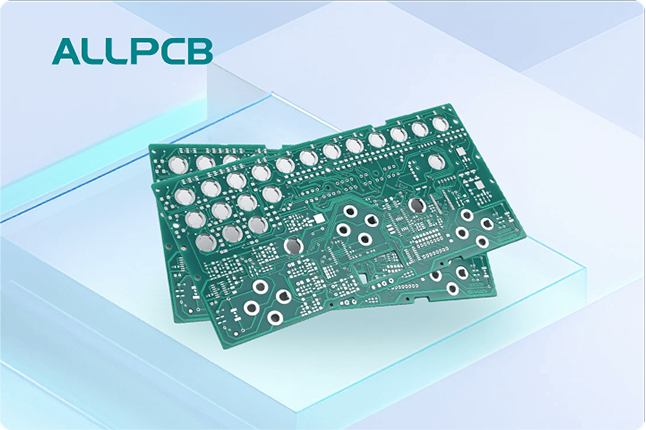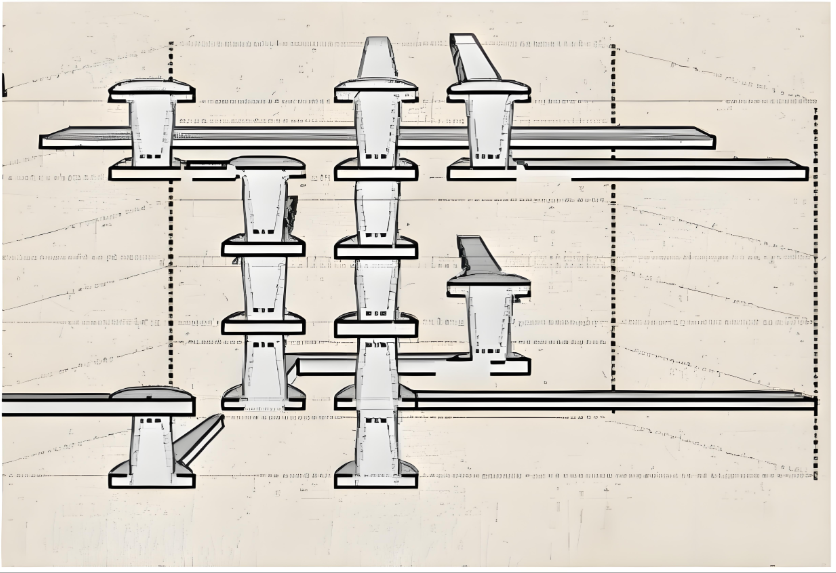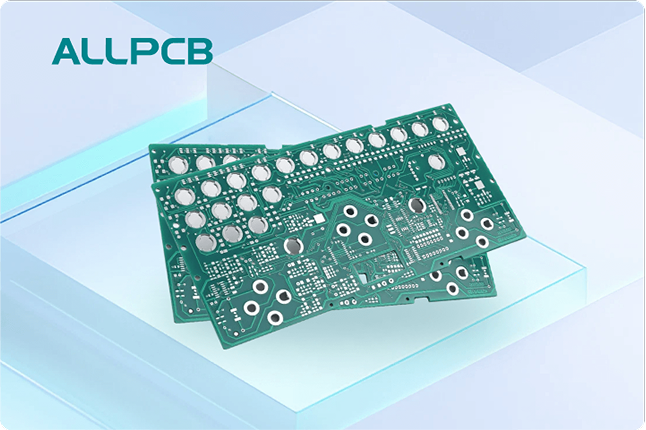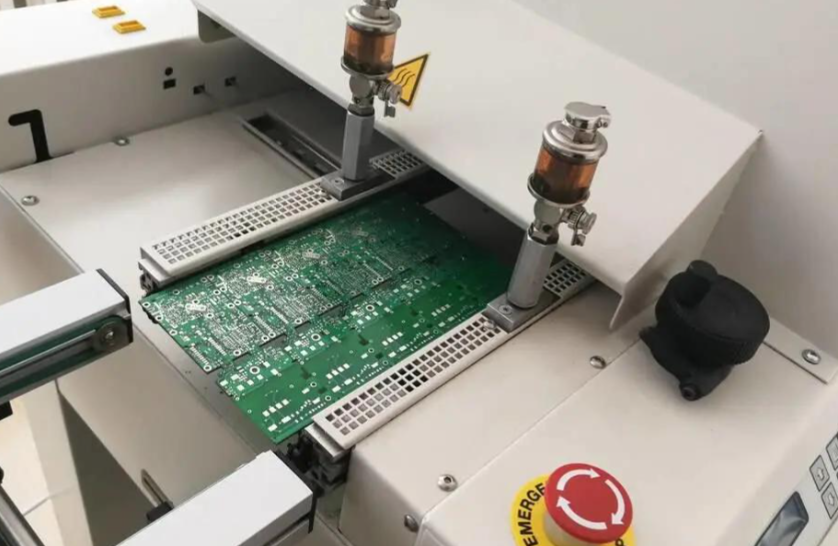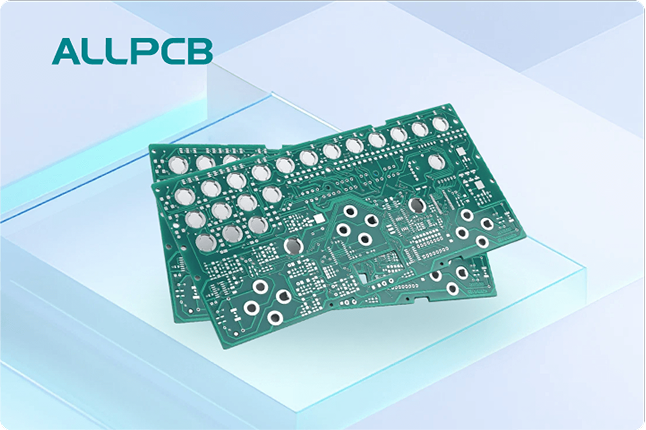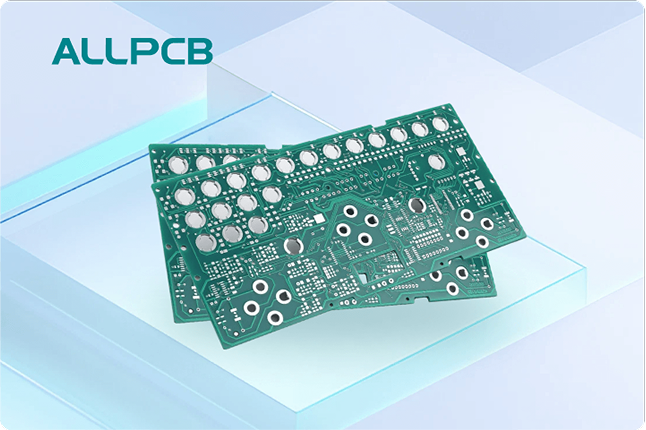When it comes to PCB manufacturing methods, choosing between direct imaging (often referred to as Laser Direct Imaging or LDI) and traditional photolithography can be a critical decision. If you’re wondering which process suits your needs, here’s the quick answer: LDI offers superior precision and flexibility, making it ideal for high-density and complex designs, while traditional photolithography remains a cost-effective choice for simpler, large-scale production. In this detailed guide, we’ll dive deep into comparing direct imaging and photolithography, exploring the benefits of direct imaging, and helping you decide the best approach for your PCB projects.
Introduction to PCB Imaging in Manufacturing
In the world of PCB manufacturing, imaging is a key step where circuit patterns are transferred onto the board. This process defines the accuracy and quality of the final product. Two primary methods dominate the field: traditional photolithography, a long-standing technique, and direct imaging, a newer, laser-based approach. Understanding the differences between PCB direct imaging vs photolithography is essential for manufacturers and engineers aiming to optimize production efficiency, cost, and performance.
This blog will break down both methods, compare their strengths and weaknesses, and provide actionable insights to guide your decision. Whether you’re working on high-density interconnect (HDI) boards or standard designs, we’ve got you covered with practical information.
What is Traditional Photolithography?
Traditional photolithography has been the backbone of PCB manufacturing for decades. It involves using a photomask—a pre-designed template that blocks or allows light to pass through specific areas—to transfer circuit patterns onto a photosensitive layer (photoresist) on the PCB substrate. The process requires ultraviolet (UV) light to expose the photoresist, which is then developed to reveal the desired pattern.
The steps of photolithography include:
- Coating the PCB with a photoresist layer.
- Aligning the photomask over the board.
- Exposing the board to UV light through the mask.
- Developing the photoresist to remove unexposed areas.
- Etching the underlying material to create the circuit pattern.
This method is reliable for large-scale production of simpler designs. However, it has limitations when it comes to precision and flexibility, especially for modern, compact electronics that demand finer traces and tighter tolerances (e.g., line widths below 50 micrometers).
What is Direct Imaging (LDI)?
Laser Direct Imaging, or LDI, represents the next evolution in PCB imaging technology. Unlike photolithography, LDI doesn’t rely on a physical photomask. Instead, it uses a highly focused laser beam to directly write the circuit pattern onto the photoresist layer. The laser is controlled by digital data, allowing for real-time adjustments and high precision.
The LDI process involves:
- Coating the PCB with a photoresist layer.
- Using a laser to selectively expose the photoresist based on digital design files.
- Developing the photoresist to reveal the pattern.
- Etching the substrate to form the circuit.
LDI is particularly suited for complex designs, such as HDI boards, flexible PCBs, and applications requiring microvias or fine lines as small as 25 micrometers. Its ability to adapt quickly to design changes makes it a game-changer in rapid prototyping and small-batch production.
Comparing Direct Imaging and Photolithography: Key Differences
When evaluating PCB direct imaging vs photolithography, several factors come into play. Let’s break down the differences across critical aspects of manufacturing.
1. Precision and Accuracy
LDI shines in precision, capable of achieving line widths and spacing as fine as 25 micrometers with registration accuracy within ±10 micrometers. This makes it ideal for modern applications like 5G technology or wearable devices. Traditional photolithography, on the other hand, struggles with features below 50 micrometers due to limitations in photomask alignment and light diffraction, often resulting in registration errors of ±25 micrometers or more.
2. Speed and Setup Time
Photolithography requires creating a photomask for each design, which can take days and adds to lead times, especially for prototypes. LDI eliminates this step by using digital files, reducing setup time significantly—often to just a few hours. However, for high-volume runs of a single design, photolithography can be faster in actual production since the mask is reusable.
3. Cost Considerations
Traditional photolithography is generally more cost-effective for large-scale production because the initial investment in photomasks can be spread across thousands of boards. However, the upfront cost of masks (often $500–$2,000 per design layer) makes it expensive for small runs or frequent design changes. LDI, while having a higher equipment cost, saves money in prototyping and low-volume production by eliminating mask expenses.
4. Flexibility and Design Changes
One of the standout benefits of direct imaging is its flexibility. Since it relies on digital data, design modifications can be implemented instantly without additional tooling costs. In contrast, any change in photolithography requires a new photomask, adding both cost and delay.
5. Complexity of Designs
For complex, high-density designs, LDI is the clear winner. It supports intricate patterns and multilayer boards with ease. Photolithography is better suited for simpler, less dense designs where extreme precision isn’t critical.
Benefits of Direct Imaging in PCB Manufacturing
The advantages of LDI over traditional methods are driving its growing adoption in the industry. Here are the key benefits of direct imaging:
- Higher Precision: Achieves finer traces and spacing (down to 25 micrometers), critical for advanced electronics.
- Faster Prototyping: Eliminates the need for photomasks, reducing turnaround time for prototypes by up to 50% compared to photolithography.
- Cost Savings for Small Runs: No mask costs mean lower expenses for low-volume or custom projects.
- Improved Registration: Reduces alignment errors, ensuring better layer-to-layer accuracy in multilayer PCBs.
- Environmentally Friendly: Cuts down on chemical waste associated with mask production and disposal.
- Supports Advanced Designs: Perfect for HDI, flex, and rigid-flex boards used in cutting-edge applications.
These benefits make LDI an attractive choice for industries pushing the boundaries of technology, such as telecommunications, automotive electronics, and medical devices.
Challenges of Direct Imaging and Photolithography
While both methods have their strengths, they also come with challenges that may influence your decision.
Challenges with LDI
- Higher Initial Investment: LDI equipment can cost significantly more than traditional exposure units, with prices ranging from $500,000 to over $1 million.
- Slower for High Volumes: The laser imaging process can be time-intensive for very large production runs compared to photolithography’s batch processing.
Challenges with Photolithography
- Limited Precision: Struggles with fine features below 50 micrometers, which are increasingly common in modern designs.
- Mask Costs and Lead Time: Each design or revision requires a new mask, adding expense and delay.
- Registration Errors: Misalignment issues can lead to defects, especially in multilayer boards.
When to Choose Direct Imaging (LDI)
LDI is the right choice for your PCB manufacturing if:
- You’re working on high-density or complex designs requiring fine traces (below 50 micrometers).
- You need fast prototyping or frequent design iterations.
- Your production volume is low to medium, where mask costs would be prohibitive.
- Your project involves advanced applications like 5G, IoT, or medical devices.
For example, if you’re designing a compact wearable device with a multilayer board and microvias, LDI’s precision (registration accuracy of ±10 micrometers) and flexibility make it the better option.
When to Choose Traditional Photolithography
Photolithography may be the better fit if:
- You’re producing large volumes of a single, simpler design where mask costs can be amortized.
- Your design doesn’t require ultra-fine features (line widths above 75 micrometers).
- Budget constraints limit investment in advanced imaging equipment.
For instance, if you’re manufacturing thousands of standard consumer electronics boards with basic circuitry, photolithography’s lower per-unit cost in high-volume runs makes it a practical choice.
Future Trends in PCB Imaging Technology
The PCB industry is evolving rapidly, and imaging technology is at the forefront of this change. LDI is becoming increasingly popular as the demand for smaller, more powerful electronics grows. Innovations in laser technology are driving down costs and improving speed, making LDI more accessible for a wider range of manufacturers. Meanwhile, advancements in photolithography, such as improved mask materials, aim to address some of its precision limitations, though it’s unlikely to match LDI’s capabilities for fine features.
Looking ahead, hybrid approaches that combine elements of both methods may emerge, offering a balance of cost and precision for diverse applications. Staying informed about these trends can help you future-proof your manufacturing processes.
Conclusion: Making the Right Choice for Your PCB Needs
Choosing between direct imaging and traditional photolithography depends on the specific needs of your project. If precision, flexibility, and speed for complex designs are your priorities, LDI is the way to go, especially with its ability to handle line widths as small as 25 micrometers. However, for high-volume production of simpler boards, traditional photolithography remains a cost-effective and reliable option despite its limitations in registration accuracy (±25 micrometers).
By understanding the strengths and challenges of both PCB manufacturing methods, you can make an informed decision that aligns with your design requirements, budget, and production goals. Whether you opt for the cutting-edge benefits of direct imaging or the proven reliability of photolithography, the right choice will ensure the success of your PCB projects.
At ALLPCB, we’re committed to supporting you with state-of-the-art manufacturing solutions tailored to your needs. Explore our services to see how we can help bring your designs to life with the best imaging technology available.
 ALLPCB
ALLPCB


